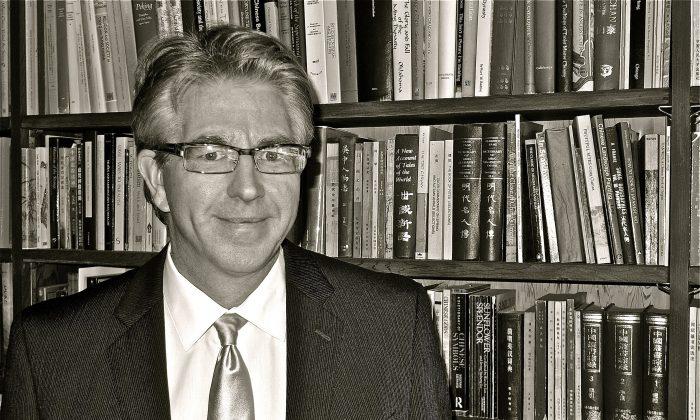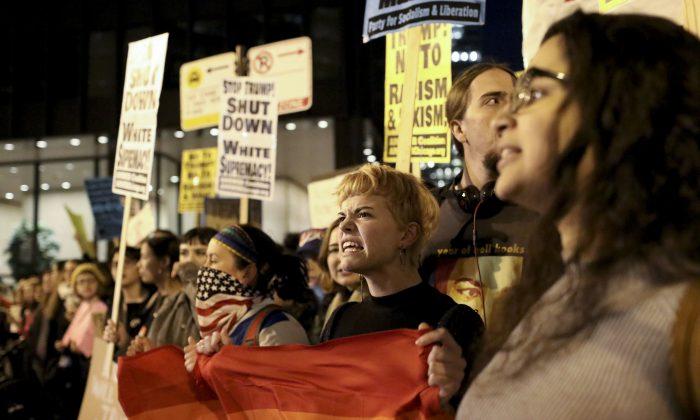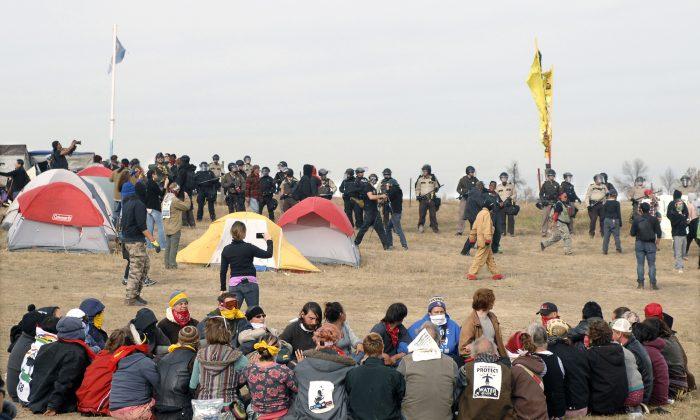Architecture is the only art form you can walk into, sleep and dream in. Art, at its best, is the dream that gives life creative new forms. The marriage of art and architecture produces museums, cathedrals to honor and empower creativity in the person, the culture and history. Splendid architecture builds communitiess of splendor and creativity in the best of all world is the best of all worlds.
LACMA is creating and constructing a new building, designed by Peter Zumthor, an architect, who won the Pritzker Prize in 2009. That vision, when it takes on its shape and form, will not only house the best that can be found of what we said and thought of our selves, the art, the writing, the creative history of who we were, this part of us known as culture, but the building in itself will be a statement to our belief in ourselves, in our collective commitment to the history of our better selves.
This week we continue where we left off with our interview with Stephen Little of the Los Angeles County Museum of Art (LACMA). Little is the Florence and Harry Sloan Curator of Chinese Art, and Head of the Chinese & Korean Art Departments at the museum. The discussion ranges from LACMA’s new buildings to art in the modern age.
SBB: Tell us about LACMA. When was it first conceived, and when was work started?
SL: LACMA’s origins go back to the Los Angeles Museum of History, Science, and Art, established in 1910 in Exposition Park. The original museum collected art, but was a much more general museum in its scope. In 1961, the Los Angeles County Museum of Art was established as a separate, art-focused institution, and opened on the Wilshire Boulevard site in 1965.
LACMA is the largest art museum west of the Mississippi River, and is encyclopedic and global in scope. Over several decades, the campus and the collection have grown considerably.
The Anderson Building (renamed the Art of the Americas building in 2007) opened in 1986 to house modern and contemporary art. In 1988, Bruce Goff’s innovative Pavilion for Japanese Art opened at the east end of the campus. More recently, in 2008, the Broad Contemporary Art Museum opened, providing a space at LACMA devoted to the exhibition of postwar art.
In 2010, the Lynda and Stewart Resnick Exhibition Pavilion opened to the public, providing the largest purpose-built, naturally lit, open-plan museum space in the world, with a rotating selection of major exhibitions. Ray’s restaurant and Stark Bar opened in 2011, invigorating the central BP Pavilion near the late Chris Burden’s iconic Urban Light, a sculpture comprising 202 restored antique street lamps from the 1920s and 1930s. I think it’s wonderful that this sculptural assemblage of lights has become a widely recognized symbol of the city of Los Angeles.
In addition to its encyclopedic collections of art, LACMA continually presents remarkable special exhibitions, and music, film, and educational programs. LA is quickly becoming one of the most creative and vibrant cultural cities of the world, and LACMA intends to be a leader of this cultural renaissance.
SBB: More then just the birth of a museum building, LACMA is the cradle for an international art center of cultural prominence. Please talk about the up-and-coming plans for the venue’s makeover, new buildings, new gallery spaces, etc.
SL: In my opinion, the new building will not only transform the visitors’ experience of the museum, but will be the most important building in Los Angeles since the Disney Concert Hall (2005).
LACMA’s original 1965 buildings are aging and have many functional and building-code challenges. The steel columns in the basement are rusting and there are continuous problems with leaks when it rains. Furthermore, the architectural integrity of the original 1965 campus has been modified and compromised since the early 1970s. The museum’s permanent collection, however, is of such quality, range, and depth that it and the public deserve a more coherent and stimulating presentation of the art that is at the museum’s core.

Peter Zumthor, the new building’s architect, won the Pritzker Prize in 2009, and is a genius. I am confident that the Zumthor building is going to be amazing.
Our director, Michael Govan, has encouraged everyone involved to imagine a different kind of art museum for the twenty-first century. He proposes challenging the traditional chronological and geographic historical narratives that one encounters in most art museums. Instead he sees a museum in which art objects are methodically rotated to describe many different cultural stories (and paradigms) simultaneously.
As Govan has pointed out, “Peter Zumthor’s architecture has no signature style; rather, it is always a specific response to a particular circumstance and location.” The building will not only explore new ways of experiencing art, but will have a unique relationship with (and in response to) the surrounding natural and built environment.
SBB: From early man’s drawing of his own hand on a cave wall to drawing and painting apps in handheld digital technology, where has art taken us, Stephen, and where will it take us? Has technological imagery desensitized our creative instincts and organic sense of art appreciation?
SL: Human beings have been making art since at least the late Paleolithic period, roughly 40,000 years ago or more. Art has many purposes and takes many forms, and can be simple or complex. The greatest art embodies themes that are relevant for all humanity, and transcend any particular individual or culture.
Art directly reflects the cultures that produce it, and can be a powerful window simultaneously into oneself and worlds known and unknown. If abused, technology can certainly have a desensitizing effect. At the same time, however, technology and art will also be linked, and will always inform each other, as they did the pre-electrical age.
The urge to create art is an inherent part of being human, and one should recall that many of the greatest works of art in human history have been created in times of conflict.
Shelley B. Blank has worked with major national and international newspapers as a journalist as well as a corporate executive. He has produced programs for Public Radio and lectured on modern multimedia communications and technology.




